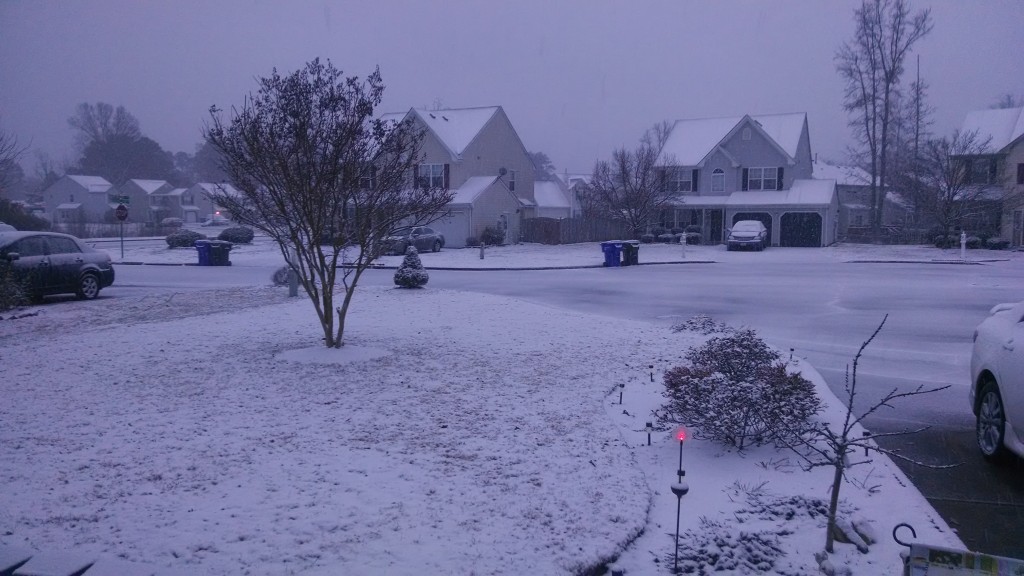Deicing has been a hot topic lately. In the past, we’ve suggested some eco-friendly deicing products/techniques. But not everyone has been receptive to dumping beet juice or alfalfa meal onto their front steps! And not long ago reporters even suggested granular fertilizer as an alternative deicer during a rock salt shortage. Yikes – fertilizer is a big no-no for water pollution! So what are we eco-enthusiasts to do? Well, like everything we do at askHRgreen, we decided to make eco-friendly deicing super easy – no alfalfa meal or beet juice required!

Chemical Deicer: Which is Safest?
- Toxic to the Environment – If you remember nothing else, remember this: Granular fertilizer should NEVER be left on ANY hard surface. It is very harmful to our local waterways and if used as a deicer, as your snow and ice melt, the fertilizer heads straight to our waterways.
- Hazardous but Commonly Used – Rock salt (sodium chloride) is the most commonly used deicer. It contains cyanide which can damage hard surfaces and can cause harm to your car, lawn, plants and pets.
- Better for the Environment – Calcium chloride is better than rock salt because it does not contain harmful cyanide – although it is still harmful to your surfaces, lawn and plants.
- Best for the Environment –
- Magnesium chloride is considered the least toxic deicing salt because it has no cyanide and less chloride, making it safer for surfaces, cars, and the environment.
- Calcium magnesium acetate (CMA) is considered the least toxic chemical deicer because it contains no chlorides or cyanide.
Chemical Deicer: How to Apply
- Read and follow the directions on your deicer. Applying more does not mean faster melting – just more water pollution!
- Apply the recommended amount of deicer before snow falls to prevent ice from forming.
- If snow and ice are already accumulated, remove the top layers with a shovel. Deicer works best on thin sheets of ice.
- Keep chemical deicers away from your lawn, plants and any area used by your pet.
- Use a single path to get safely in and out of your home and treat only the path you’ll walk.
Chemical-Free Deicing (No Beet Juice Necessary)
- Apply warm water mixed with table salt or water conditioning salt for small areas of thin ice.
- Use sand to improve traction on slippery areas.
- Before the storm, you can cover small areas such as your steps with heavy, waterproof plastic like a tarp. After the storm, remove the tarp and enjoy your dry steps and walkways.
Special thanks to the great resources of the Chesapeake Bay Program and their easy to use library of how-to’s and tips.